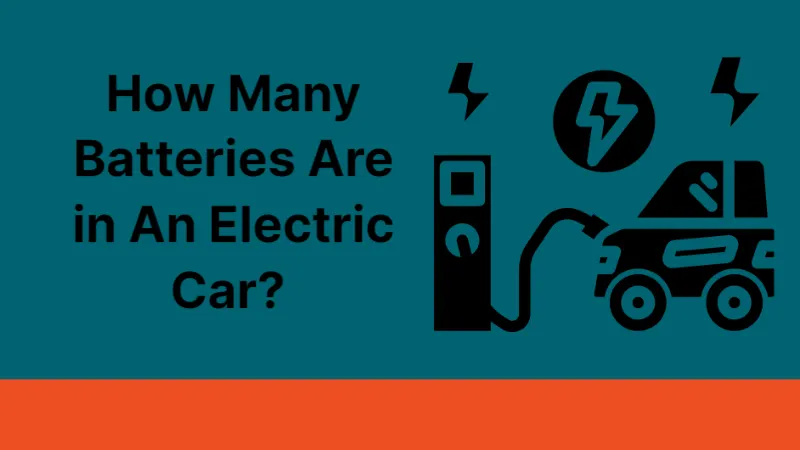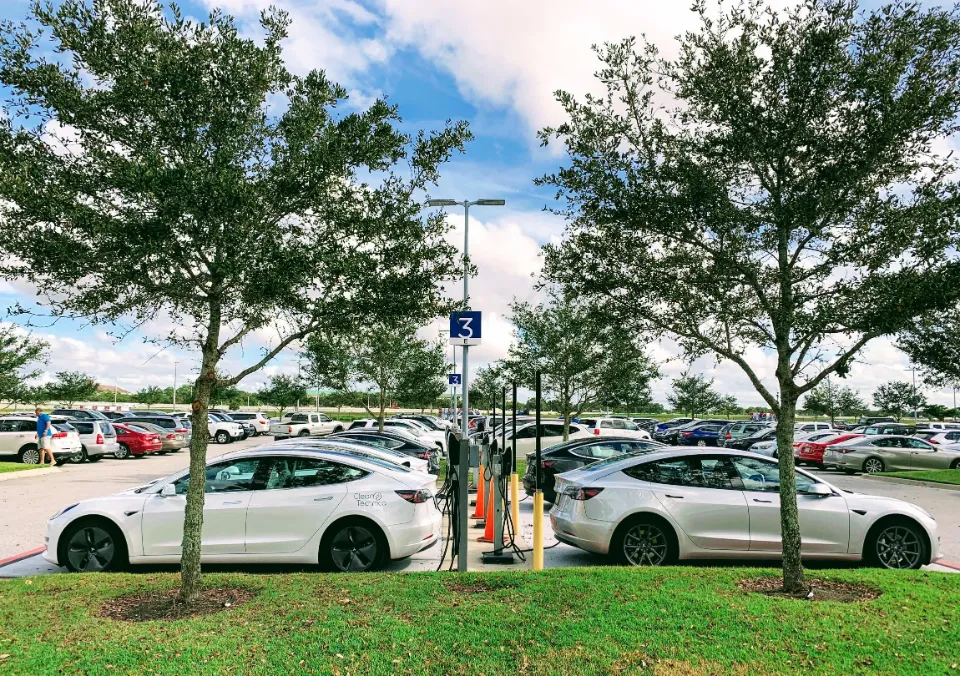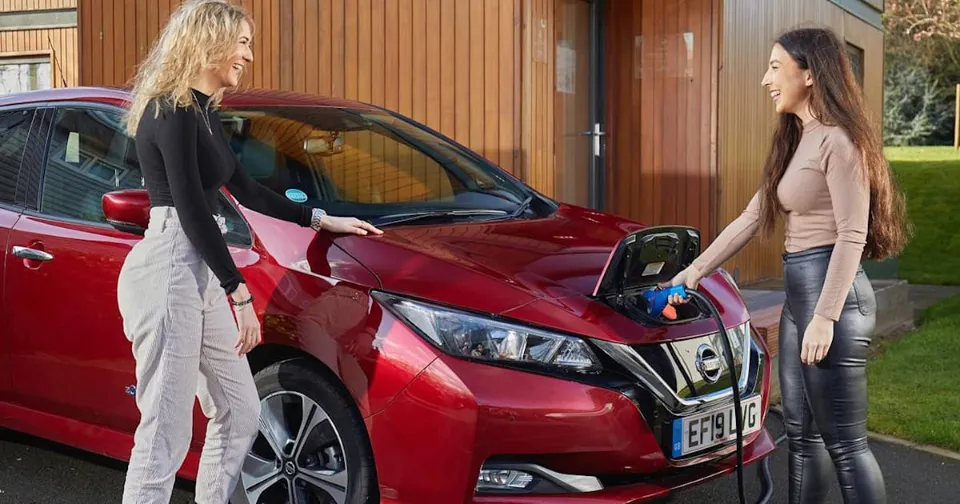Here’s the question, how many batteries are in an electric car? Electric cars have two batteries each with its own specific function.
EVs, like conventionally powered vehicles, have a lead-acid 12-volt battery that aids in starting the vehicle as well as providing power to some of its electrical systems and accessories.
What Type of Batteries Do Electric Cars Use?
Over the past 40 years, there have been numerous developments in battery technology. We’ve advanced significantly from lead-acid batteries in the past thanks to the push for more sustainable energy. Let’s examine the two battery types that are currently most frequently used in electric cars.
Lithium-ion Batteries
Most new electric cars feature lithium-ion batteries. Cars typically use the most energy-dense of the six main chemistry types of lithium. The most common forms of this are lithium cobalt oxide (LCO) and lithium nickel cobalt oxide (NCA).
There are three different types of cell housing: cylindrical, prismatic, and pouch-type batteries. Each of the three can be found in modern EVs, and each has advantages and disadvantages.
For instance, Tesla selects cylindrical batteries due to their dependability and longevity. Numerous lithium-ion cells from their battery packs are kept underneath the interior carriage of the car. In fact, there are 2,976 lithium-ion battery cells in a The world’s highest energy-density battery is made by Tesla, and it is a lithium-ion cell. But in comparison to other kinds, they are heavy.
Like cylindrical batteries, prismatic batteries feature a solid casing; however, prismatic batteries are generally lighter and can fit well in small spaces due to their rectangular shape. Volkswagen recently switched from cylindrical to prismatic batteries as a result. However, compared to cylindrical batteries, prismatic batteries typically have a shorter life cycle.
In contrast to prismatic and cylindrical batteries, pouch-type batteries are more flexible because they are enclosed in thin, metal bags. They’re therefore great for cramped, oddly shaped spaces, but they can be prone to swelling and present a fire risk. Both GM and Hyundai utilize pouch-style batteries.
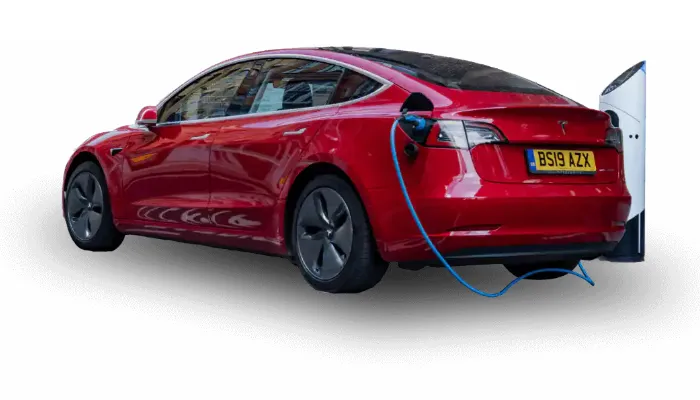
Nickel-Metal Hybrid Batteries
Nickel-metal hybrid batteries, developed in 1987, paved the way for hybrid cars. This occurred as a result of the development of a brand-new cathode material composed of silicone, nickel, cobalt, lanthanum, and nickel. Even after 4,000 charge/recharge cycles, the new formula allowed the cell to keep 84% of its charge capacity.
The nickel-metal hybrid batteries were later able to retain much more energy density than lead-acid batteries thanks to further advancements in battery chemistry.
Nickel-metal hybrid batteries are now mainly used in hybrid vehicles. They are well-liked for their high energy output and security. Furthermore, the battery’s state of charge has less of an impact on its output than does that of a lithium battery.
Notwithstanding, nickel-metal hybrid batteries are pricey. They also require more cooling and have high rates of self-discharge. The Honda Insight, Toyota Prius, and Honda Civic Hybrid all use this kind of electric vehicle battery.
What Are the Reasons for Using Two Batteries in Electric Cars?
A few factors affect how two batteries are used in an electric vehicle. Security comes first.
Moving the car and electrical capabilities are the two specific requirements for an electric vehicle.
The large, expensive lithium-ion battery with cutting-edge technology manages the power.
A stronger charge results from a higher voltage. However, turning on the radio does not require 750 volts, and nobody wants a surge of power in the complex electrical wiring system.
Automakers and suppliers are aware of the best ways to operate a 12-volt system affordably and efficiently. Even if you manage to drain the 12-volt battery, using jumper cables to fix the issue will only take a few minutes.
Using a 12-volt system for the vehicle’s electronics and devices makes sense given all the technical and financial challenges involved in building an electric car.
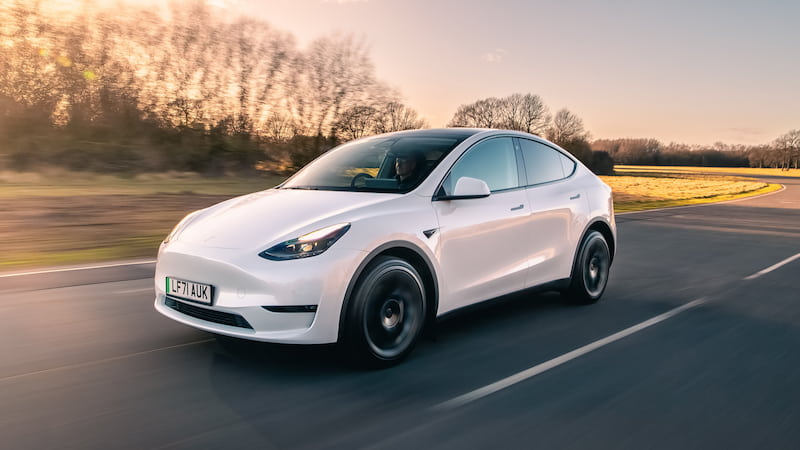
Do Electric Cars Have Backup Batteries?
There is always the concern that the car won’t run out of battery on a long journey. It would be ideal to have a backup battery that could easily replace the primary battery if necessary.
However, this feature is unavailable in any electric vehicle. There are several causes for that.
- Weight of the battery The car would become significantly heavier if another battery was added, which would necessitate building stronger engines to move and power the car.
- Price. Battery packs for electric cars are pricey. They have a significant influence on the overall vehicle’s price. It would cost more for the buyer’s valet to add a second battery.
- Environmental impact.Hard to find materials and metals are needed to make batteries for electric vehicles. Mining locations suffer severe negative effects from the extraction of lithium and cobalt. It would take more of these materials to produce additional batteries.
Reasons of Using More Than One Battery in An Electric Car
There is a function for every battery. Without the smaller battery, the bigger one couldn’t operate. The car’s starter and a few other auxiliary electrical systems are powered by the second battery. A bigger battery that starts the engine couldn’t function without it.
The smaller lead acid battery can be jump-started just like the batteries in regular cars, which is another interesting fact. Knowing that will come in handy if you ever find yourself in a situation where you are unable to start your car because the smaller battery is dead.
Do High-Performance EVs Have More Batteries?
The batteries in electric cars with more horsepower than standard models are simply more powerful. Higher top speeds and acceleration call for more powerful engines and bigger batteries.
Up until now, there has been no information indicating that future electric cars will have more than two batteries. even the ones with more performance-oriented features.
Read about How to Charge Electric Car at Home?
How Many Batteries Does Tesla Have?
Like all typical electric cars, all Tesla models have two batteries. The larger battery starts the engine, while the second battery powers other electrical systems. The smaller battery is the same one used by conventional gasoline and diesel vehicles.
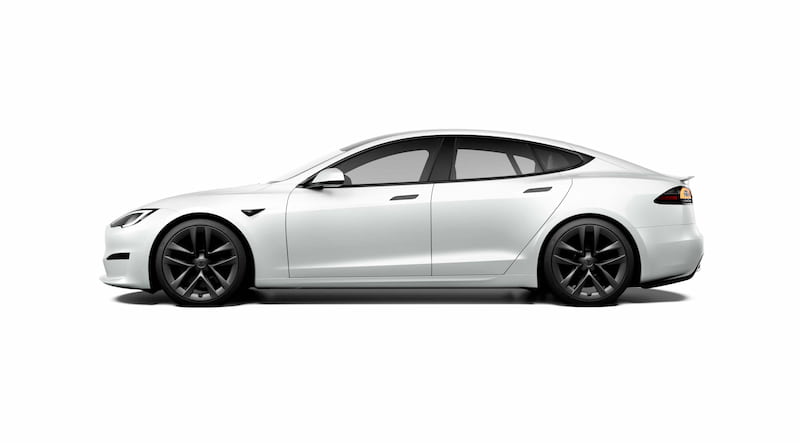
Can You Add More Batteries to An Electric Car?
Advanced technology and methodical design processes are used to create electric cars.
High-performing batteries are already a product of the R&D efforts of the leading automakers.
An electric car needs more room, which is also more expensive. Aside from that, replacement is possible but addition is not.
To create more cutting-edge high-power battery technology, manufacturers are testing out various chemical combinations and compositions.
FAQs
What is the Capacity of An Electric Car Battery?
Thus, the capacity of an electric car battery ranges anywhere from 40 kWh to 200 kWh. To put this into perspective, the Tesla Model S and X have 100 kWh batteries and can travel 300 miles between charges, whereas a Nissan Leaf has a 40 kWh battery and can travel 149 miles between charges.
Is There Any New Technology in EV Batteries?
Improvements in EV batteries have been accelerating, and they could also find a solution to the recycling issue.
Energy density, production costs, and safety are all constantly being improved. The ultimate goal is to make batteries capable of storing as much energy for as long a time as possible while remaining safe.
Electric Car Batteries Continue to Improve
We’ve made great strides in battery technology, and now EVs are both reliable and affordable. For many years to come, lithium-ion batteries will likely continue to rule this market.
Every battery has advantages and disadvantages, but recent advancements and ideas in electric vehicle battery technology may be able to address a number of issues in the EV sector.
So, How Many Batteries Are in An Electric Vehicle?
The two batteries in a typical electric vehicle are a larger lithium-ion battery and a smaller lead-acid battery. The larger battery powers the engine and is used for power generation, while the smaller battery powers the rest of the electronic systems and is used to start the car.

